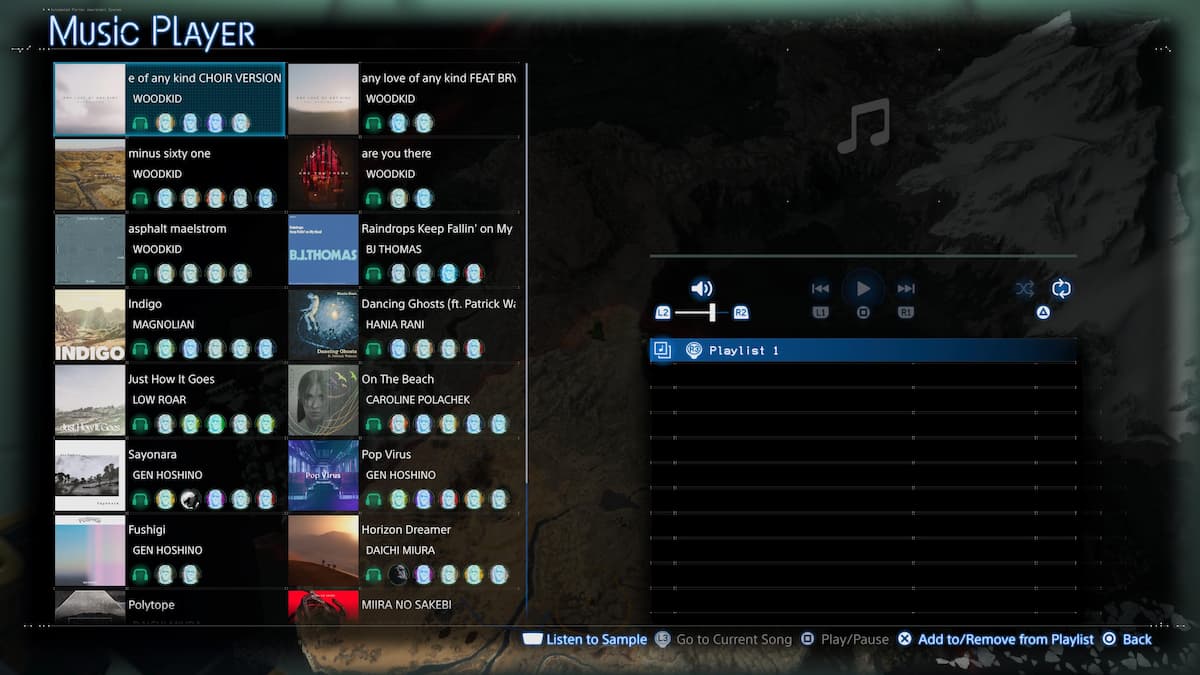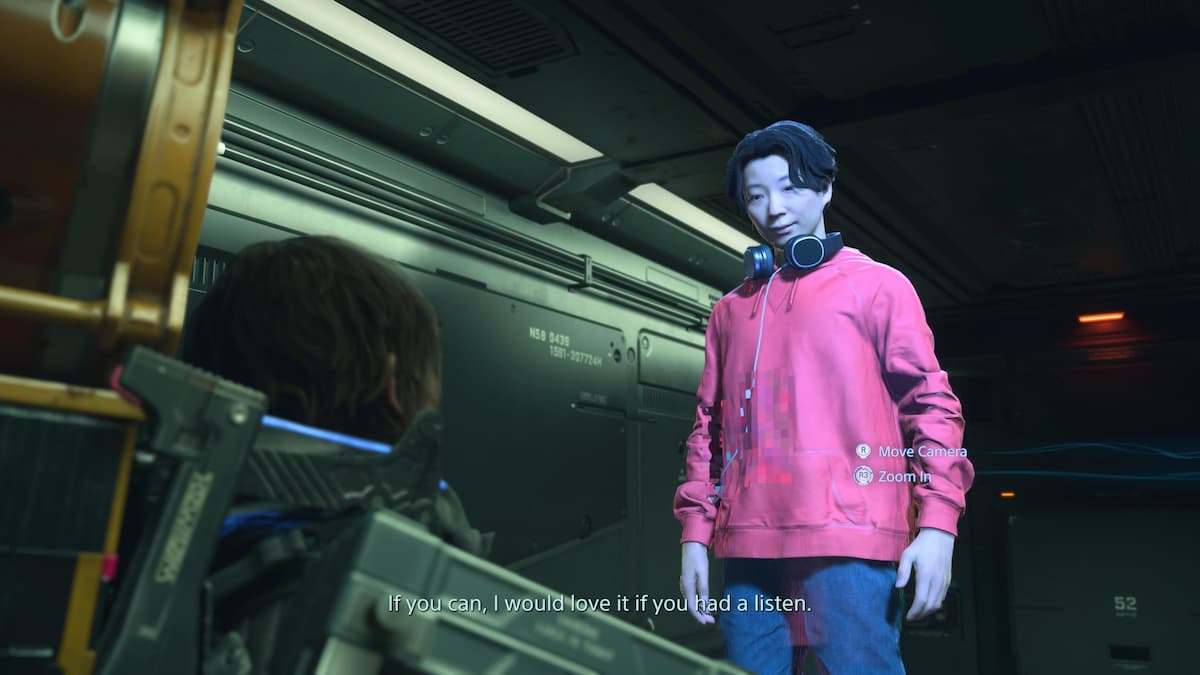It all started with the marketing push for Metal Gear Solid V: The Phantom Pain. With the release of each trailer (lengthy ones, at that), game director Hideo Kojima would play a song over the gameplay footage. There was The Man Who Sold The World, Not Your Kind of People, and the iconic Sins of the Father. It continued with Death Stranding as well, but this time, Kojima took things a step further and started getting his favorite bands and artists to compose songs for his game. Now, it’s 2025, I’m playing Death Stranding 2. And yeah, I am convinced that Kojima is just making video games so that he can force his captive audience to listen to the kind of music he’s into, and I’m here for it.
In any other video game, shoving hipster music in would come off as pretentious or self-aggrandizing at best. One could argue that it’s the same with any of Kojima‘s games too, but the difference is that Kojima owns it. For better or for worse, ever since Kojima Productions was established, he’s made it clear that he’s no longer interested in just making your regular ol’ video games. He wants to create art. He wants to create multimedia experiences that celebrate his favorite aspects of entertainment.
It’s why he’s casting big name actors in his games, and it’s also why he’s now making a more concerted effort to pull in his favorite bands and singers into his projects. This was made most evident with Death Stranding, when Glasgow synthpop band Chvrches was tapped to write the game’s main theme song. In Death Stranding 2, Kojima tapped Woodkid, whose song Minus Sixty One plays in the intro sequence.
You see, Kojima games are all about the vibes. Death Stranding, in the most reductive terms, is a walking simulator game about making deliveries from point A to point B. Dig a little deeper and try to meet it at its level, though, and you’ll see that this was Kojima’s attempt at commentary on the fragmented nature of humankind and what happens when that fragmentation is taken to the extreme. Chvrches’ song encapsulates the themes of Death Stranding beautifully, as lead vocalist Lauren Mayberry asks what becomes of us all at the end of the line, and the band backs her up with their signature hypnotic beeps and thumps.

Death Stranding 2 moves towards a darker, more earthy vibe with Woodkid’s music and Caroline Polachek’s On the Beach. The sequel is less hopeful, more dour. Whereas Chvrches went for an optimistic, “I’m suffering but I’ll still look up at the skies and hope and cry” vibe, Woodkid is more, “Everything I did was a mistake and now I will sit in my darkness and brood”.
Music has always been an integral part of video games, though it’s clear that some put more thought into it than others. Yoko Taro’s NieR games play around with dynamic layering with each song, for instance, while Kojima uses music to build the atmosphere in Death Stranding. It definitely helps that Kojima actually has good taste in music. You’ll find none of that Imagine Dragons nonsense here, Kojima is a hipster through and through, and you can see that in his social media postings and the way he edits his trailers. He’s constantly posting about what he’s watching and what he’s listening to. And as the years have gone on, he’s finally gained enough traction in his reputation as an auteur to get the chance to work with his idols.
Chvrches, in particular, is a band that I’m especially fond of, so you can imagine my delight when I learned that Iain Cook and Martin Doherty were huge video game nerds and Destiny no-lifers. Lauren, not so much, but even she’s enticed by the idea of working on a video game project where music is pivotal to the experience. The band made their first foray into video games with 2016’s Mirror’s Edge Catalyst when they wrote an original song for it, titled Warning Call. The song was well-received and praised for capturing the bright, sci-fi mood of the series.

Death Stranding, however, was an even bigger deal for the band. In fact, there’s a case to be made that Death Stranding is among the best songs Chvrches has ever put out. It’s got that distinctive Chvrches synth sound, while also retaining the melodrama you so often see in Kojima games. It’s a song that feels right at home in the band’s catalogue, and it’s one that you’ll almost certainly want to hear them perform live at their shows. You’ll be glad to hear that the song is available in the Death Stranding 2 music player, along with Nightmares, a song from their 2021 album Screen Violence.
With Chvrches playing such a key role in Death Stranding, I was excited to see what new music offerings awaited me in the sequel and I was not disappointed. Kojima offers up music from artists like Gen Hoshino and Magnolian, a blend of optimism and cool vibes mixed in with Woodkid and Polachek’s melancholy. My Spotify playlists are already filling up with new music I’m absorbing from Death Stranding 2, and my in-game time is largely spent cruising around the Australian desert with my music player blasting Pop Virus.
Hoshino himself has been scanned in as an NPC you can meet in Death Stranding 2. As you complete deliveries for him and rank up his facility, he also gives you new songs for your music player which, frankly, is brilliant.
The criticisms for Death Stranding 2 will always be valid. Not everyone wants to spend 50 hours hauling luggage from one end of the world to the other, watching Norman Reedus take comedic tumbles along the way and losing all your cargo in a downstream river. At the same time, no other game has ever captured the meaning of the word “vibes” quite like Death Stranding has, and it’s all thanks to the carefully curated catalogue of music that Hideo Kojima has put together here.


